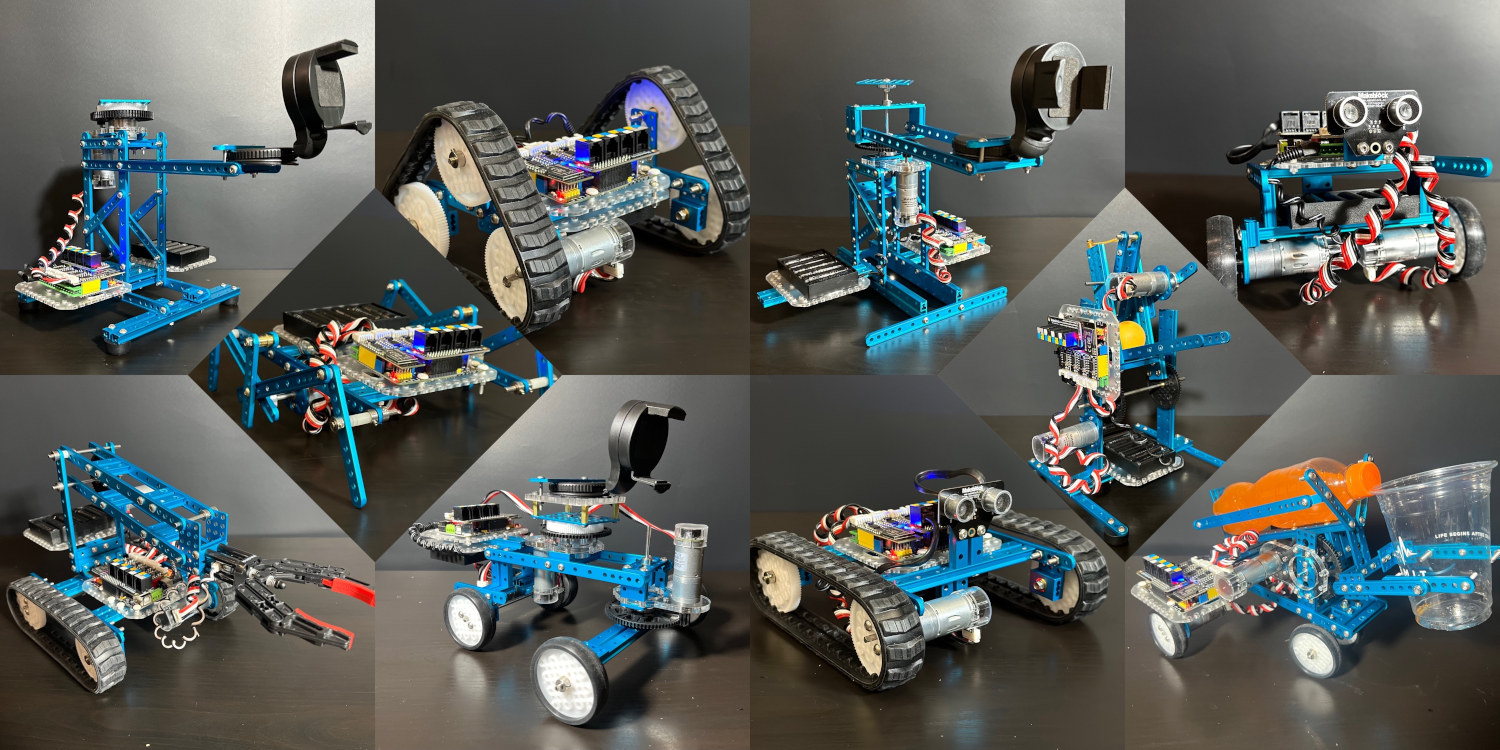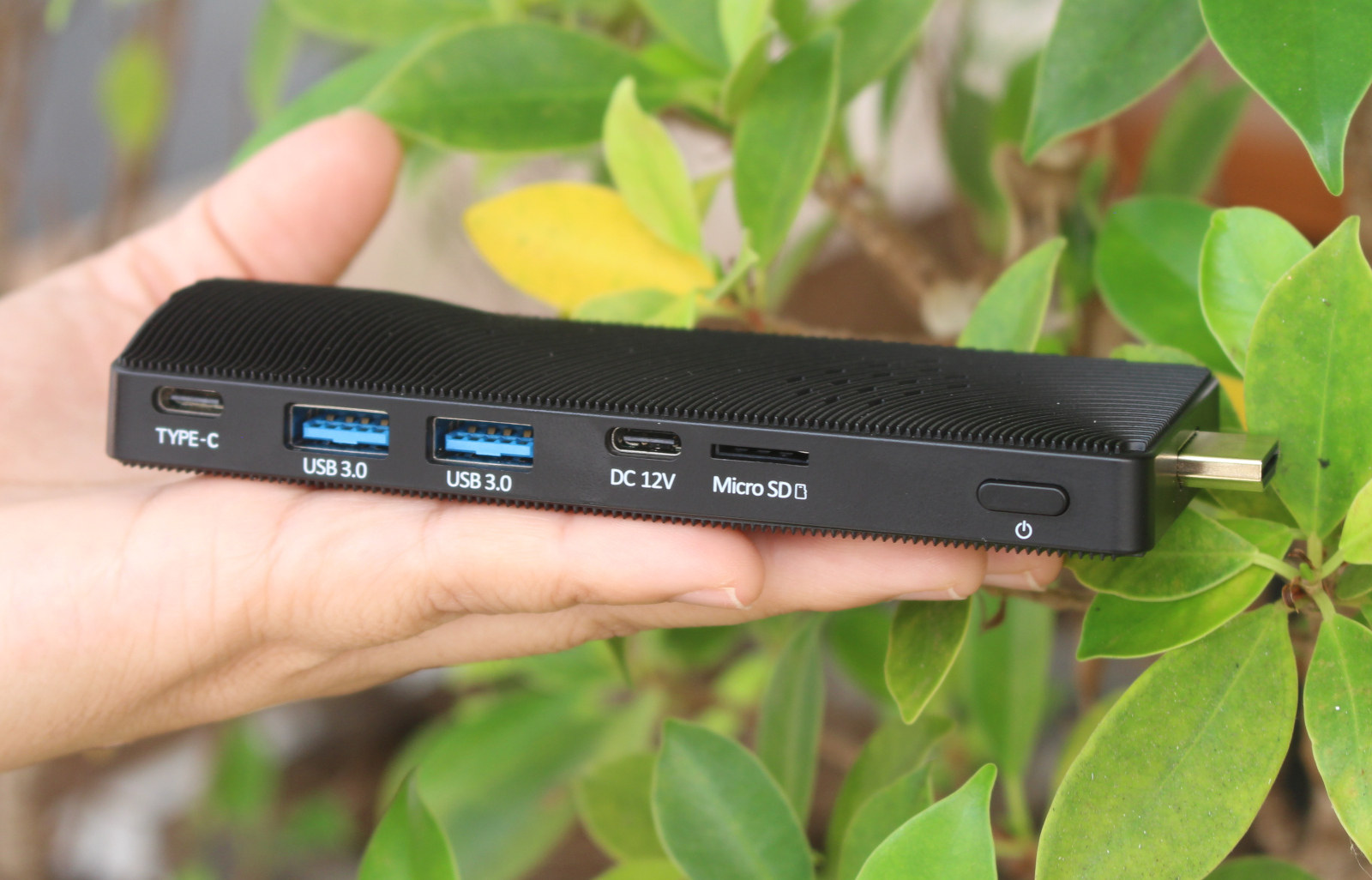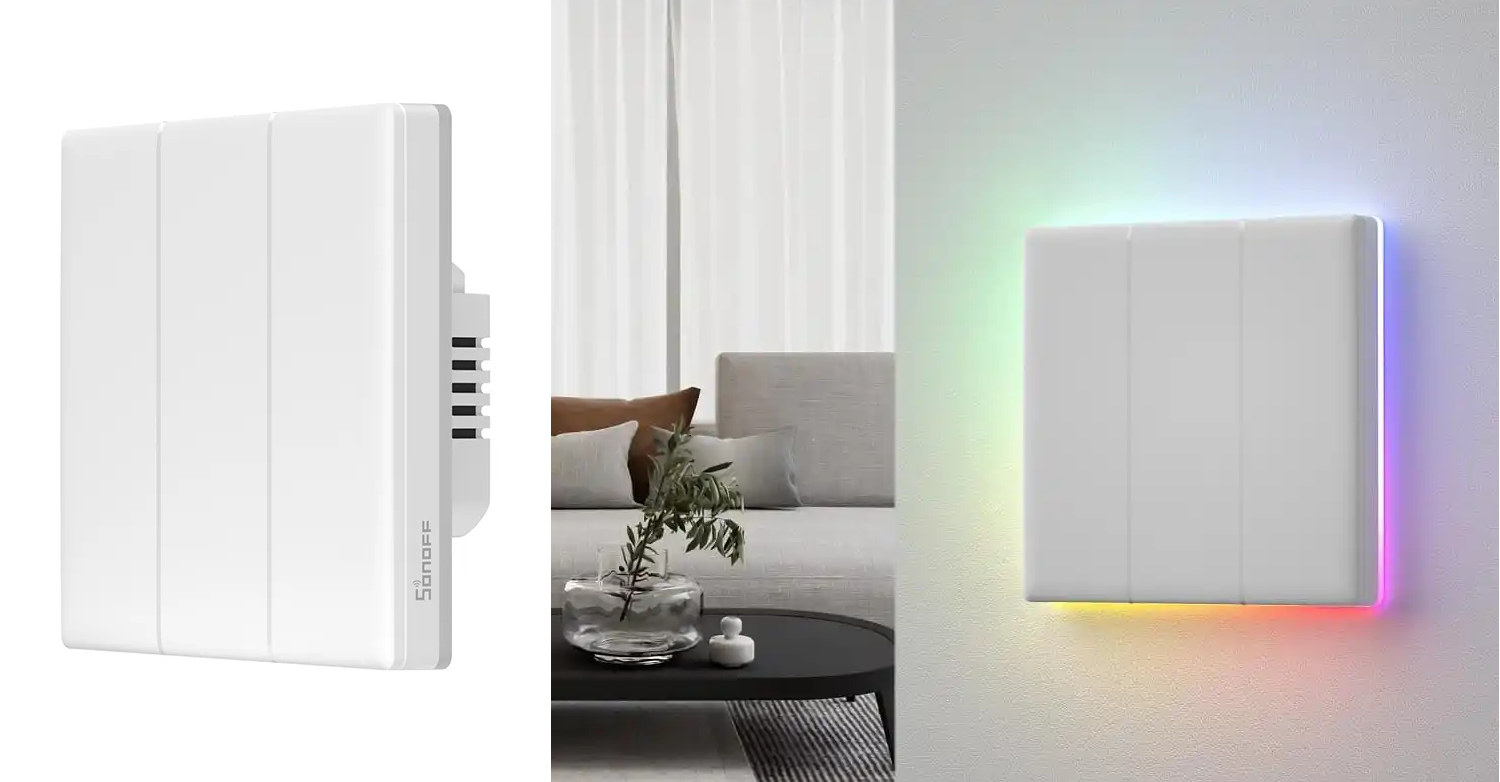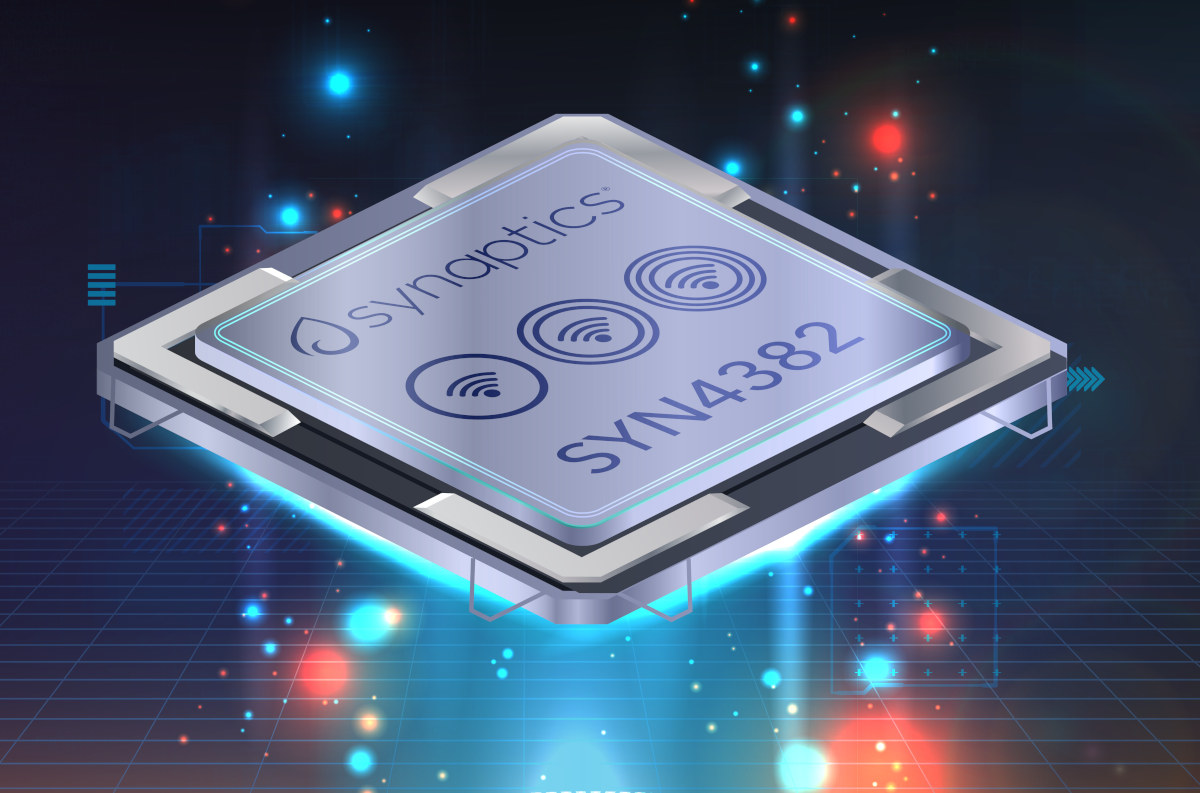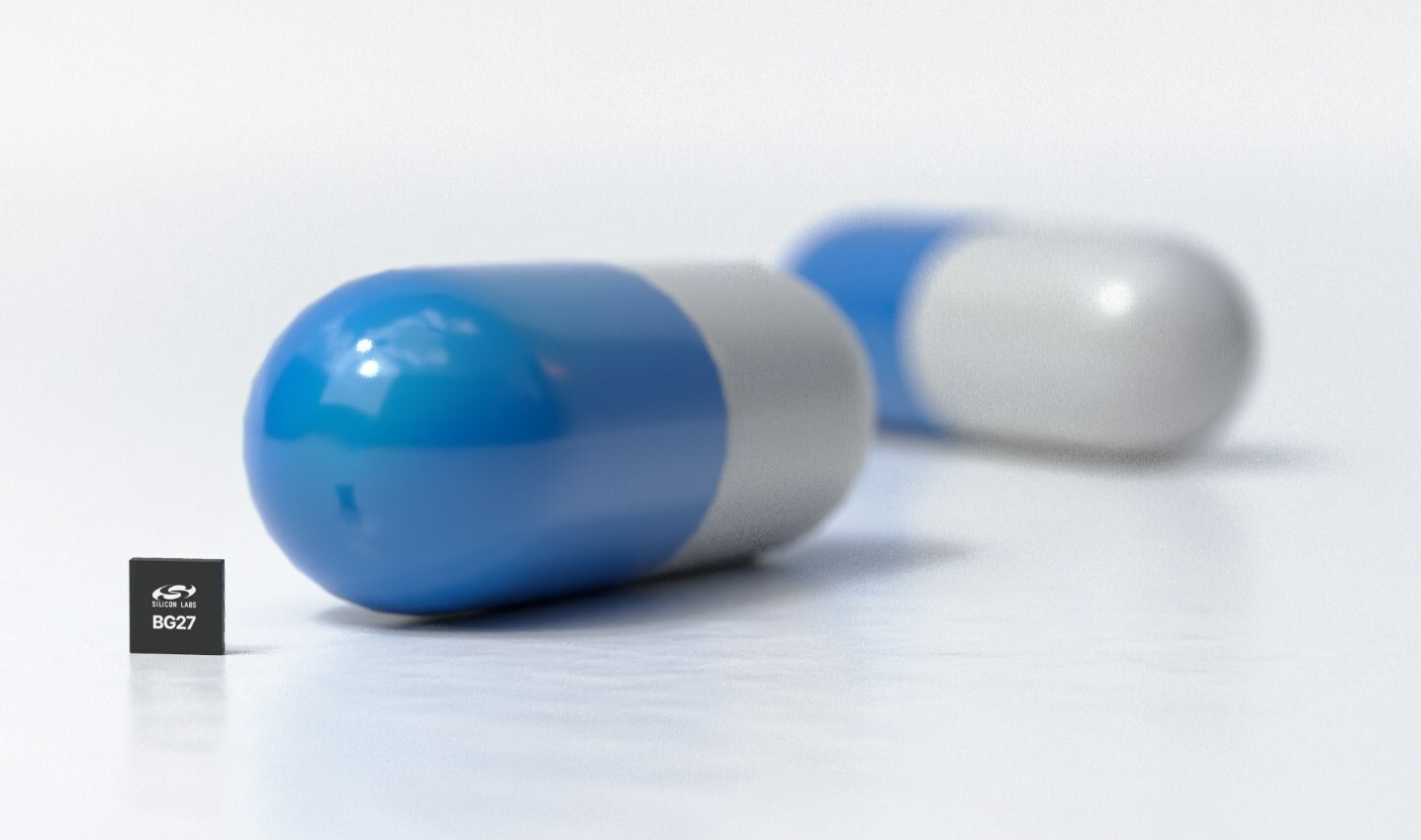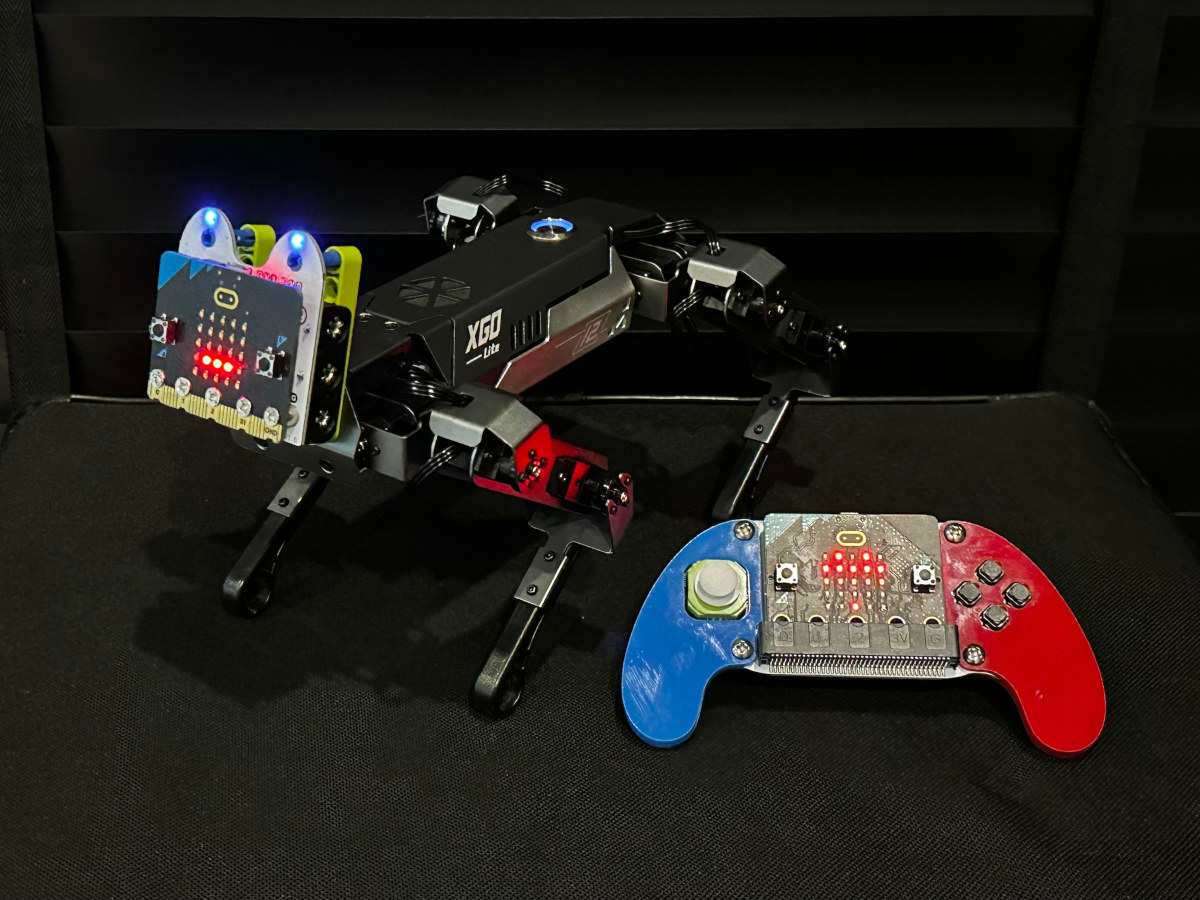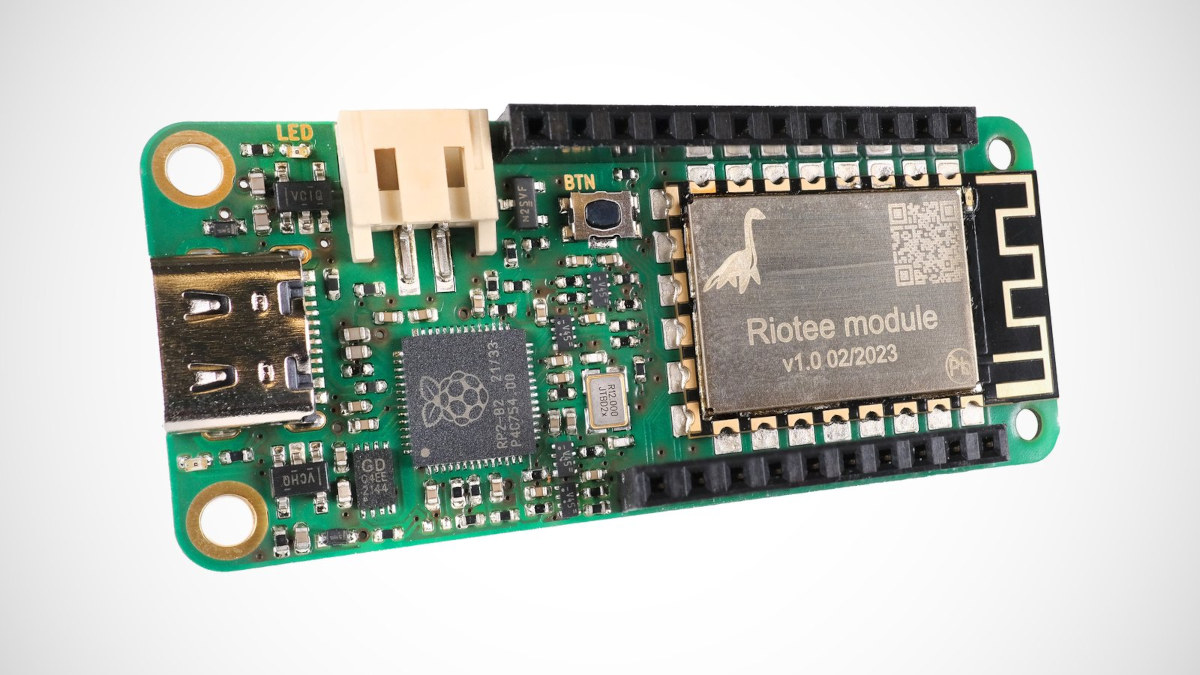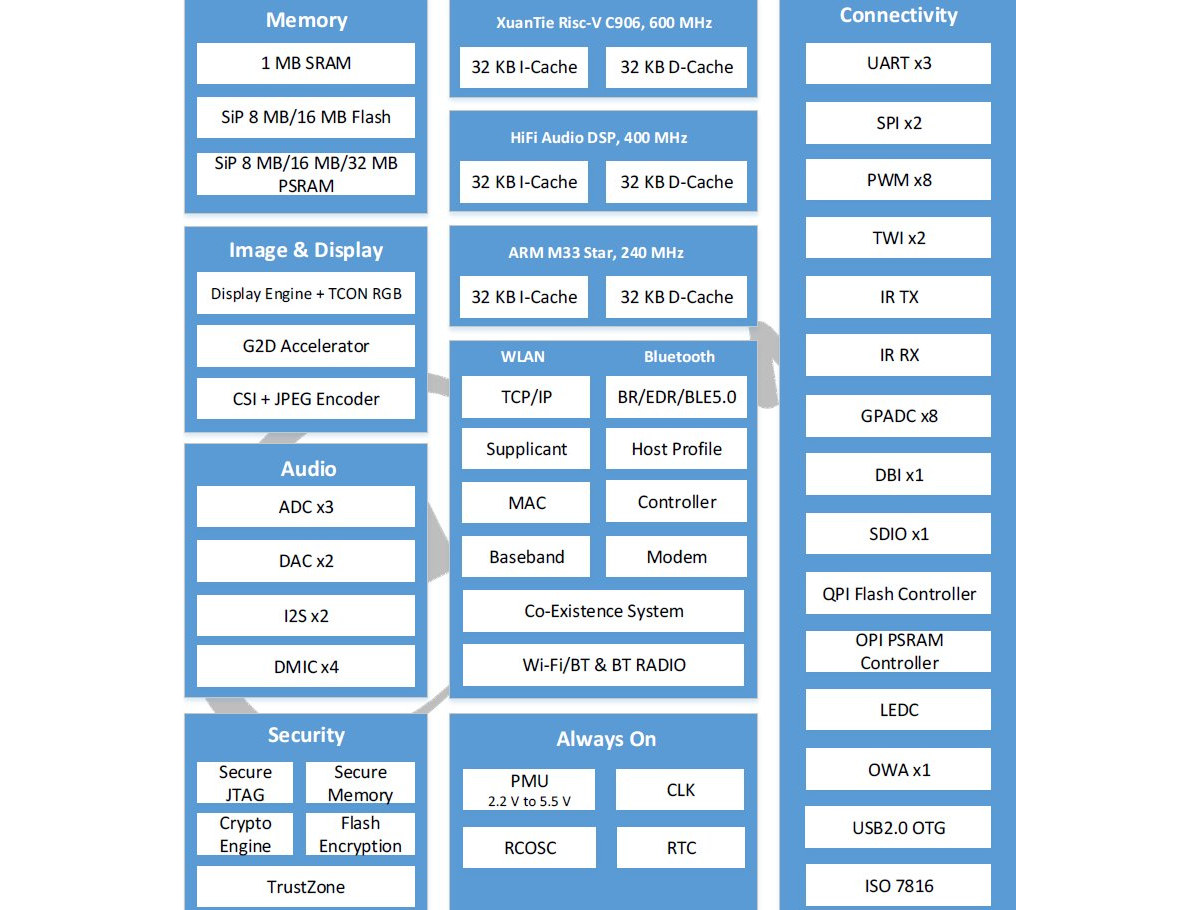Makeblock Ultimate 2.0 is an educational robot kit that can be used to easily create up to 10 different types of robots. An Arduino-compatible Mega 2560 MCU board serves as the main controller and there are over 550 mechanical parts and electronic modules. The robot can drive up to 4 encoder and stepping motors, control up to 10 servo motors to work simultaneously, and can also be connected to Arduino and Raspberry Pi boards for more complex projects. The review/tutorial is fairly long, so if you are short on time, you can jump to different sections by clicking on some of the links below: MegaPi control board and main modules description mBlock 5 visual-programming IDE installation Programming of DC Encoder motors, Ultrasonic sensor, Line follower module, motion sensor, RJ25 adapter, and shutter module mBlock mobile app Building the ten models for the Makeblock Ultimate 2.0 robot kit (as shown in […]
HIGOLE PC STICK (J4125+WiFi 6) review – Part 1: Specs, unboxing, teardown, and first boot
HIGOLE PC STICK is a mini PC that looks like a large flash drive, is smaller than a regular mini PC, and is easier to carry around. You can connect it directly to a monitor or TV with an HDMI input, and use it like any computer right away. In part 1 of the HIGOLE PC STICK review, we will go through the specifications, unbox the design, check its hardware design with a teardown, and go through the first boot. HIGOLE PC STICK specifications The HIGOLE PC STICK is powered by an Intel Celeron J4125 quad-core Gemini Lake Refresh processor with 8GB RAM, 128GB flash, and microSD card slot for storage expansion. The mini PC comes with a Gigabit Ethernet port, WiFi 6 & Bluetooth 5.2 connectivity, and supports two independent displays through the HDMI 2.0 port and USB Type-C port. The device also includes two USB 3.0 ports, one […]
SONOFF TX Ultimate “T5” smart touch wall switch support gestures, custom covers
SONOFF TX Ultimate smart touch wall switch, also known as the SONOFF T5, is another wireless switch from the company with up to 3 gangs, RGB color edge lights around the 86x86mm switch, as well as support for gestures and custom covers. Gestures like swipe left or right are possible because the full area of the SONOFF T5 switch acts as a touch sensor, and the RGB LEDs around the device enable ambient lights in the room at night. The switch can also provide haptic feedback to the user during use with a built-in speaker and vibration motor. SONOFF TX Ultimate specifications: Model numbers – T5-1C-86, T5-2C-86, T5-3C-86 depending on the number of buttons Wireless – 2.4 GHz Wi-Fi Input and Output power 1-gang: 100-240V~50/60 Hz up to 5A 2-gang: 100-240V~50/60Hz up to 10A (5A per gang max) 3-gang: 100-240V-50/60 Hz up to 15A (5A per gang max) Dimensions – […]
Synaptics SYN4382 SoC supports Wi-Fi 6E, Bluetooth 5.3, and 802.15.4 connectivity
Synaptics SYN4382 is a triple combo SoC with Wi-Fi 5/6E, Bluetooth 5.3, and IEEE 802.15.4 (Zigbee/Thread/Matter) radios, and manufactured with a 16nm process to lower power consumption for IoT and multimedia applications. The chip can deliver up to 1,200 Mbps WiFi throughput, supports dual-band (RSDB) 2.4 and 5 or 6/6E GHz operation to combine the links at different frequencies, as well as features such as LE Audio for multiple concurrent audio streams in a multi-device environment. Synaptics SYN4382 key features: Wireless Triband 2×2 Wi-Fi 6E (802.11ax) with 1200 Mbps throughput, RSDB, and support for legacy 802.11a/b/g/n/ac WiFi Bluetooth 5.3 with LE Audio, Channel Sounding (HADM = High Accuracy Distance Measurement) for accurate positioning 802.15.4 radio for Thread and Zigbee Matter interoperability Smart Co-Ex for coexistence in the 2.4 GHz band Multipoint external coexistence interface for LTE, GPS On-chip power amplifiers (PAs) and low-noise amplifiers (LNAs) with support for external PAs […]
Silicon Labs announces MG27 and BG27 Bluetooth LE & 802.15.4 SoCs for small devices, healthcare
Silicon Labs has just announced the tiny BG27 Bluetooth LE and MG27 multiprotocol wireless SoCs designed for small devices, and they will be especially useful in connected health applications, or the so-called Internet of Medical Things (IoMT), as well as wearables, sensors, switches, smart locks, and commercial and LED lighting. Both chips feature a Cortex-M33 core clocked at 76.8 MHz, up to 768KB flash, and up to 64KB RAM, but the BG27 only supports Bluetooth LE, Mesh, and propriety 2.4 GHz connectivity, while the MG27 also adds an 802.15.4 radio for Zigbee, OpenThread, and Matter protocols Silicon Labs BG27 and MG27 specifications: CPU – Arm Cortex-M33 @ 76.8 MHz with DSP instruction and floating-point unit Memory – Up to 64 kB RAM data memory Storage – Up to 768 kB flash program memory 2.4 GHz Radio BLE 5.3 Bluetooth mesh Proprietary 2.4 GHz MG27 adds Matter OpenThread Zigbee Modulation – […]
Review of micro:bit XGO Robot Kit – An educational robot dog with a Bluetooth joystick
ELECFREAKS micro:bit XGO Robot Kit is a robotic dog designed for robotics education. It moves realistically and acts like a real pet dog, and can help teach various technology concepts related to mechanical engineering, electronics, programming, and artificial intelligence (AI). The kit support both the BBC Micro:bit V1 and V2 boards which can be programmed with Microsoft MakeCode, Python, the Arduino IDE, and other languages. The XGO robot is compact and can be easily used on a desk or table. The robot is made of aluminum metal coated with a beautiful anodized finish. Each leg has 12 high-quality digital servos moving each joint, 3 on each side, totaling 12, helping the robot dog to move smoothly and flexibly. The robot can be controlled with apps, a joystick, and up to 19 ready-made postures, such as holding hands, looking for food, sitting down, squatting, etc… Content of the XGO robot kit: […]
Riotee batteryless stackable IoT board embeds an nRF52833 module (Crowdfunding)
Nessie Circuits’ Riotee board features a Riotee module based on Nordic nRF52833 WiSoC with a 2.4 GHz radio that targets batteryless IoT applications thanks to a stackable design taking a capacitors add-on board and a solar panel. Batteries introduce maintenance costs and environmental issues with millions of batteries disposed of every day. That’s why companies are trying to provide solutions for batteryless IoT designs such as the Everactive batteryless IoT devkit or Telink energy harvesting wireless module for remote controls. The Riotee module, board, and ecosystem also aim to play their part in reducing the use of batteries in wireless IoT devices. Riotee board specifications: Riotee module Wireless MCU – Nordic nRF52833 Arm Cortex-M4F microcontroller @ 64 MHz with 512 kB flash, 128 kB RAM, 2.4 GHz radio Memory – 128 kB of non-volatile memory (MSP430FR5962 FRAM) for “automatic checkpointing of application state” Castellated holes with 11x GPIOs including two […]
Allwinner R128 wireless SoC features 64-bit RISC-V core, Arm Cortex-M33 core, and HiFi 5 audio DSP
Allwinner is mostly known for its low-cost Arm processor running Android or Linux, but the Allwinner R128 is a wireless audio SoC with a C906 64-bit RISC-V application core, an Arm Cortex-M33 real-time time core, a HiFi 5 DSP, and built-in WiFi and Bluetooth connectivity. The SoC also comes with 1MB SRAM, up to 16MB flash, up to 32MB PSRAM, display and camera interfaces, support for microphone arrays, and plenty of I/Os that should make it suitable for smart speakers and other voice-controlled home appliances with or without display. Allwinner R128 specifications: Application core – Xuantie C906 64-bit RISC-V core clocked at 600 MHz. DSP – Cadence HiFi 5 audio DSP clocked at 400 MHz Communication core – Arm M33 Star (Cortex-M33 from Arm China?) core clocked at 240 MHz with Trustzone support Memory 1MB SRAM 8MB, 16MB, or 32MB PSRAM (SiP = System-in-Package) OPI PSRAM controller Storage QPI flash […]


